En fin octobre, nous avons effectué une excursion académique à Paris où nous avons… Voici les étudiants vous livrent leurs impressions de la capitale.
The Metro
-Jessamyn Biette
During my time in Paris, I walked more than ten kilometers each day in attempt to see the city in five days. This first experience on the Parisian metro surprised me a little because the metro in Paris is quite different than the metro in Toulouse. For example, in Paris the trains have a conductor, but in Toulouse, the trains are automatic. Additionally, there are more than fifteen metro lines, but in Toulouse, there are only two lines. Finally, the biggest difference was the amount of people on the metro. The Parisian metro was a lot more crowed than the Toulouse metro but to compensate for this big difference between the two metros, the physical trains are a lot larger in Paris. Even though there were a lot of differences between the two metro systems, I took the metro a lot in Paris and I got used to it pretty easily. By the end of my vacation in Paris, I had traveled on more than eight lines in order to get to various destinations. I don’t think I could have seen all that I saw in Paris if it wasn’t for the metro.
Musée du Quai Branly
-Lisa Johnsen
The museum Quai Branly is a museum of indigenous art from the civilizations of Africa, Asia, and Oceania. It is in the 7th arrondissement of Paris, near the Eiffel Tower. The building is red and black, surrounded by gardens. It was opened in 2006, one of the newest of the large museums in Paris.
We saw a multitude of interesting objects. Clothes, masks, combs, musical instruments, jewelry, and more. Our guide told us about the difference between objects and works of art. Most of the things in the museum are called objects because they originally had an everyday purpose, or were used in ceremonies. They were not originally intended as works of art. We did see contemporary art works by Aboriginal artists, and were able to compare them to older objects in the museum to see the relationship between them. It was interesting that many of the objects in the museum were from the 19th or 20th century, and were not as old as I had expected. The museum shows that the indigenous cultures of the world have not disappeared, and still exist today.
Le Centre Pompidou
-Jenny Morris
While in Paris, we visited several different museums and cultural monuments around the city. My personal favorite was the Pompidou Centre, the largest modern art museum in Europe. The museum in located in the Beaubourg area and features a cool inverted structure where the beams of the building are visible from the outside. During our visit, the Dickinson students took a guided tour with a woman who gave us further insight into some of the pieces and answered our questions. We saw Picasso, Duchamp, Rothko, Dalí, and other well-known artists. One piece I found interesting was a painting that was entirely blue; it’s creator, Yves Klein, worked to develop his own unique color, which he patented as International Klein Blue. Students had mixed opinions of the merit of the painting, which raises the question of what it means to be art.
A Night at the Comédie Française : 20,000 Leagues Under the Sea
-Mariette Aborn et Anna Robinette
The ComédieFrançaise is made up of several theaters. The principal and oldest theater still in use is the Salle Richelieu, built in 1799 and located in the first arrondissement. During our trip to Paris we had the chance to see 20,000 Leagues Under the Sea at a different theatre, the Theater of Vieux-Colombiers, a more intimate theater that produces more modern productions than the Salle Richelieu.
20,000 Leagues Under the Sea, perhaps the most famous novel by Jules Verne, was well adapted into a play to entertain us Thursday evening. Published in 1870, 20,000Leagues Under the Sea tells the adventure of three protagonists who are captured on board a submarine navigated by Captain Nemo. Jules Verne, best known for his science fiction novels, was very innovative and often futuristic in his writing; the ComédieFrançaise honored this attribute by showcasing several technologies like the light bulb, the intercom, and high-speed navigation, which were novel inventions in 1870.
Although we did not fully understand many of the jokes, we were tremendously impressed by the staging. Most of the show took place in shadowy waters in order to immerse the audience into the fascinating sub-marine life of Nautilus and Captain Nemo. There was an enormous window situated at the center of the stage through which the audience watched fish, played by puppeteers, swim by. There were all sorts of fish– schools of minnows, suckerfish, jellyfish, angelfish, sharks, and more– and each swam in its own unique way according to its type. The actors also mastered underwater mannerisms. All dressed in diving suits, the characters walked across the bottom of the ocean giving the impression of being completely submerged in water. Even when the diver’s flashlight fell from his hand, it fell slowly and bounced as if it was moving with the waves. At the end of the show, the audience applauded continually for about five minutes. It was interesting to notice that the French remained seated while applauding the cast, whereas an American audience usually stands up. In addition, some audience members even cheered “Bravo.” This surprised many of the American students. All in all, our night at the theater was fantastic– a foreign voyage to the bottom of the ocean, in the middle of our very own voyage in France.
Neuilly-sur-scène and Magis
-Olivia Laing
Neuilly-sur-Seine is a French commune situated northwest of Paris. It is one of the most “bourgeois” neighborhoods near Paris. The town is located near one of the Seine’s natural fords, and thus became a natural passage between Paris and Normandy during the Middle Ages. In 1606, Henri IV and Marie de Médicis almost drowned after a boat accident, and the king decided to construct a bridge which had an important influence on the commune’s development. Neuilly also achieved economic success at the end of the 19th century thanks to the perfume industry and was home to several laboratories, workshops and factories.
Our time in Neuilly was spent addressing the question, how can we be engaged?* with Eric Barrier and Solenne de Kersabiec, who work at Magis, “an professional training institute that helps individuals reinforce their life skills (savoirs-être) through a philosophical approach.” In my group lead by Eric, we discussed the definitions of “to engage,” “an engagement/ commitment,” “happiness” and “joy,” among others and also engagement as a personal act and with others. These philosophical conversations gave us the chance to pause and reflect as we approach the midpoint of the semester.
*(Note: the verb “s’engager” has several English translations, so here I’ve selected the one that best describes the subject, although it doesn’t fully capture the concept)
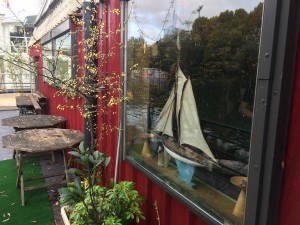
The Magis sessions were held on a boat on the Seine – a very enjoyable setting for philosophical discussions
La Défense
-Liam Fuller
It’s very interesting, the juxtaposition between the two neighborhoods, because Neuilly is a neighborhood of old money, with the classic architecture of Paris. On the other hand, la Défense represents new money, with its skyscrapers. It was very scenic because Neuilly and la Défense are situated close to the Seine. So, we could walk on the
banks of the Seine as we saw la Défense. This was also a moment of juxtaposition, with nature,
it’s beauty and power, the Seine, and technology, its magnificence and power, la Défense. On the
bank of the Seine we could see la Grande Arche de la Défense, which was majestic. From certain
points, you can see the Arc de Triomphe and the Champs-Élysées, which are in a line with la
Grande Arche de la Défense. This shows another juxtaposition, with the classic and the past, the Arc de Triomphe, and the contemporary and the future, la Grande Arche de la Défense.
I really like the speed of the area around la Défense. I’m from New Jersey and I know New York very well. From my point of view, Toulouse is a pretty city and a good choice for my first city to really know, because of its size and complexity. But, it’s a little slow and small for me. I missed the speed and diversity of New York a little. So, I liked to have the opportunity to be the neighborhood of la Défense because its speed and spirit reminded me of New York. La Défense is an energetic and dynamic neighborhood and I recommend it to anyone who has the chance to go to Paris.
COP 21
-Sophia Brocenos
The Climate Conference in Paris (COP 21) will begin November 30th and will continue until December 11th, 2015. The main goal of this conference is to come to an international agreement on climate, with the objective of limiting global warming to 2° C. Thousands of people are going to attend the conference itself, but visitors for the protests will also be numerous. These protests are going to attract attention to climate change, with the hope of convincing country leaders to make stricter laws. In the hallways of the metro, one can find digital posters with “objectif2dégres” (objective 2 degrees). Around the city, there are posters with citations, which give importance to the subject. The protests and large masses of people will certainly affect the city, however, this is an important event that will help the future of our climate and our planet.
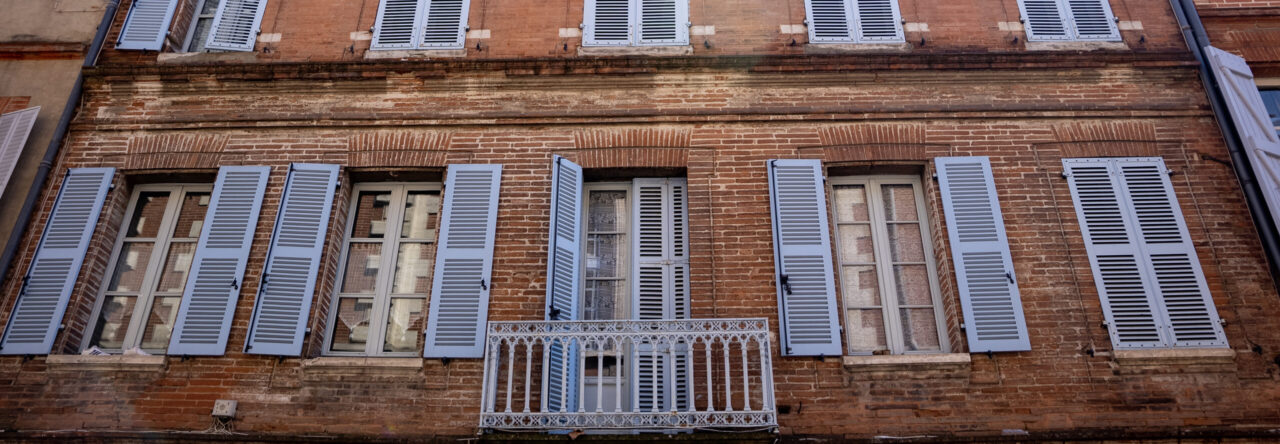
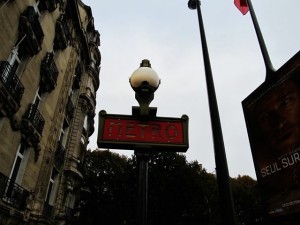
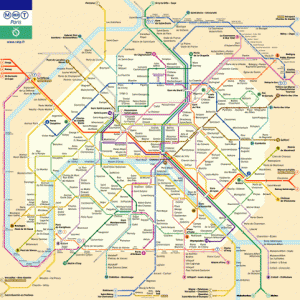
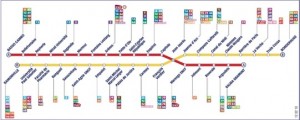
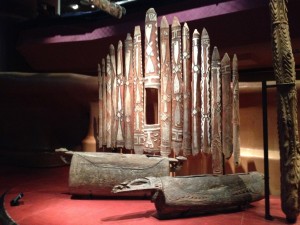
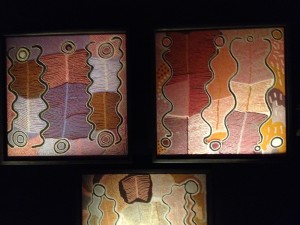
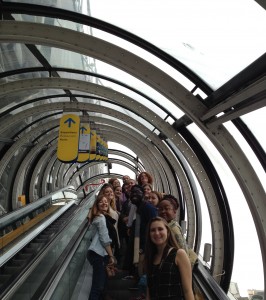
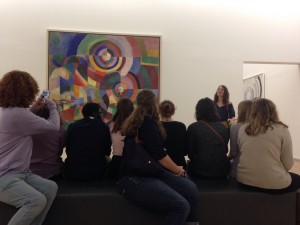
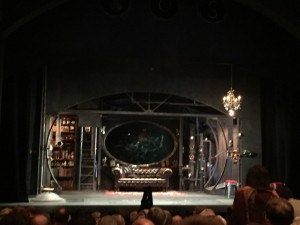
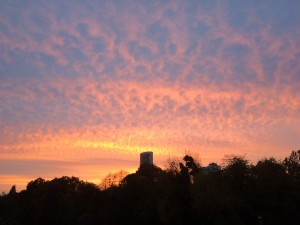



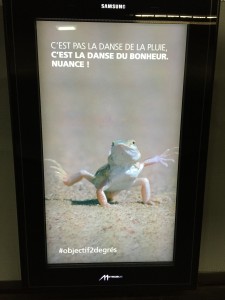
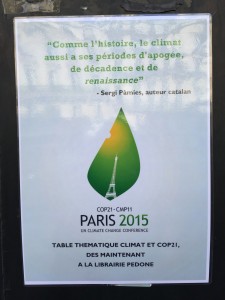
Leave a Reply